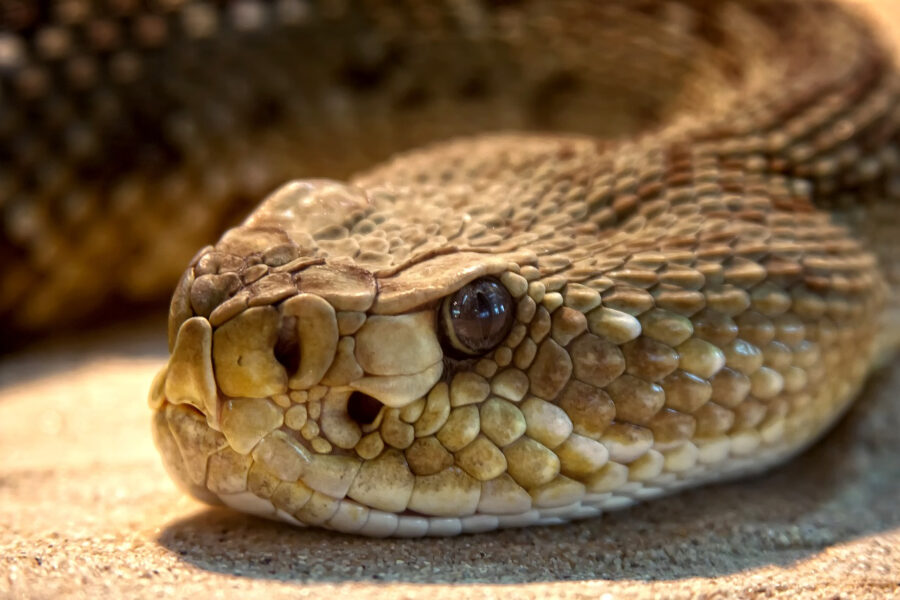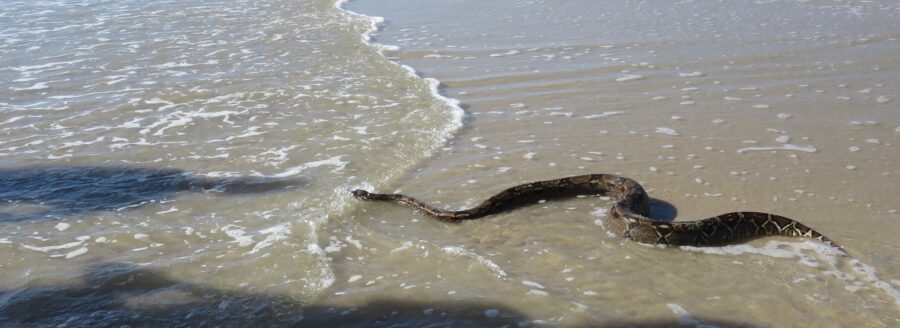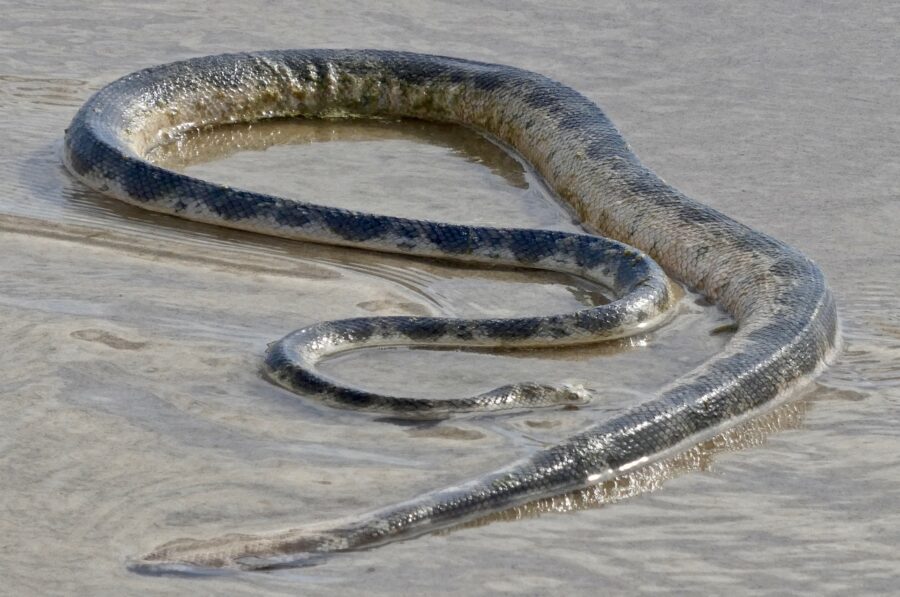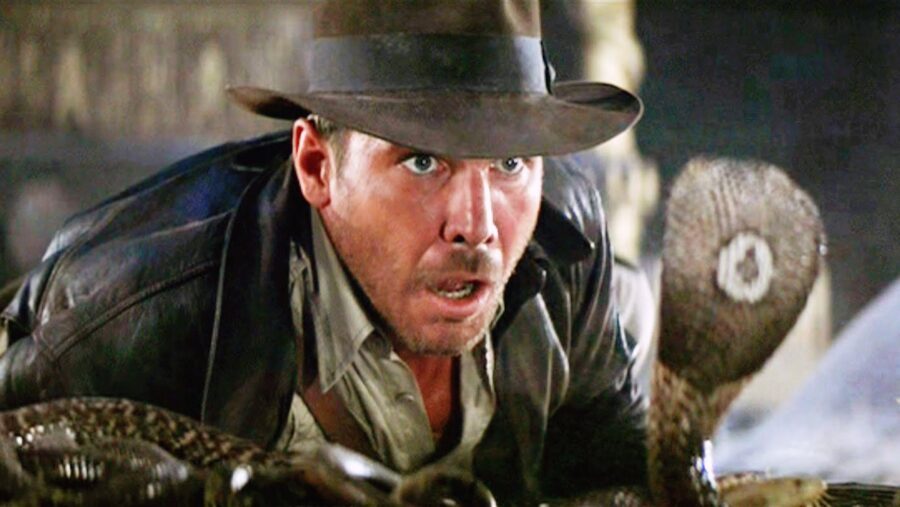Highly Venomous Snake Thought To Be Extinct Is Rediscovered
This rare and dangerous sea snake has reemerged.
This article is more than 2 years old

When you combine words like “twilight zone” with “snakes”, surely it can’t be a good thing. When you also include the dreaded “venomous” in front of “snakes” things go immediately from bad to worse. Depending, though, on how you look at those loveable, slithering creatures, this story could be a good one.
Western Australia’s Ashmore Reef is known for its abundance of sea life. But for the past twenty some-odd-years, one thing scientists and researchers have not seen is the short-nosed sea snake. The highly venomous snake was thought to have been extinct for the past 23 years. That all changed when scientists exploring what is known as the “twilight zone”, an area of the ocean that receives a minimal amount of sunlight, happened to roll up on the coiled creature. More on that in a moment.
The short-nosed sea snake (Aipysurus apraefrontalis) is a member, like taipans, cobras, and death adders, of the Elapidae family. So, like the previously mentioned snakes, it has short and hollow fixed fangs that are capable of injecting neurotoxic venom with their bite. These, most definitely, are not snakes one would want to encounter on their ocean swim or dive.

Thankfully for the scientists conducting their research in the twilight zone, they were safely inside a research vessel when they received the surprise of all surprises. The vessel, which was equipped with “advanced robotic technologies”, was poking around the ocean floor when it happened across a dead shell. “The robot was looking at a dead shell and [the researchers] were trying to pick it up and it had a sea snake sitting next to it,” said Blanche D’Anastasi, a sea snake expert at the Australian Institute of Marine Science, via Newsweek. “They asked to zoom in on it and they [both] realized straight away it was a short-nosed sea snake. They contacted me soon after and were like, ‘Is this what we think it is?'” It was.
Ashmore Reef, which is located nearly 200 miles off the northwest coast of Australia, was once the home to an enormous variety of sea snakes. For some unknown reason, they began to disappear. “They’ve been gradually declining since the ’70s, but things started really going awry in 2002,” D’Anastasi said via ABC. “You used to find about 50 snakes per day if you were walking the reef site. By 2002 it was down to 20 snakes per day, by 2010 it was down to 10, and then in 2012 there were no snakes left in the shallows.” According to D’Anastasi, 17 species of sea snake had vanished by 2012. But also according to D’Anastasi, this sea snake is now the third of the 17 to have been rediscovered.
This species was presumed to have gone extinct in 1998 when it could no longer be found in the Ashmore Reef. But in 2016, reptile ecologist Kate Sanders and her team from the University of Adelaide were able to locate a few along the coast.

But, according to Sanders, what they found differed from what had been previously seen in the reef. One main difference was their smaller heads, leading Sanders to believe that perhaps what she found in 2016 represented an entirely different species of sea snake.
The pictures of the recently rediscovered creature aren’t enough to give a definite identification. But the location of where it was discovered, says Sanders, leads her to believe one of two things. The first is that these sea snakes have been there all along but at that depth, they have just remained out of natural contact with humans. The second, it is a coastal sea snake that has simply expanded its territory.
“Could they have recolonized from the coast?” Sanders asks. “That’s a really important question. If it’s the coastal population that’s recolonized, that would suggest we’ve lost that historical diversity that used to be present on Ashmore.”

Of course, this isn’t the first story of an Australian sea snake to come out recently and when we say “come out”, that’s exactly what it means. The olive sea snake was caught breaching on camera by wildlife photographer Rachelle Mackintosh, something that is described as “super rare.”
Venomous snakes in the Australian outback, venomous snakes in the Australian waters. As famed explorer and professor of archeology, Indiana Jones, once exclaimed, “Why did it have to be snakes?” Good question, Dr. Jones. Oh yeah, let’s not forget the billions upon billions of deadly spiders who call Australia their home. Maybe it’s time to rethink that Australian vacation.












